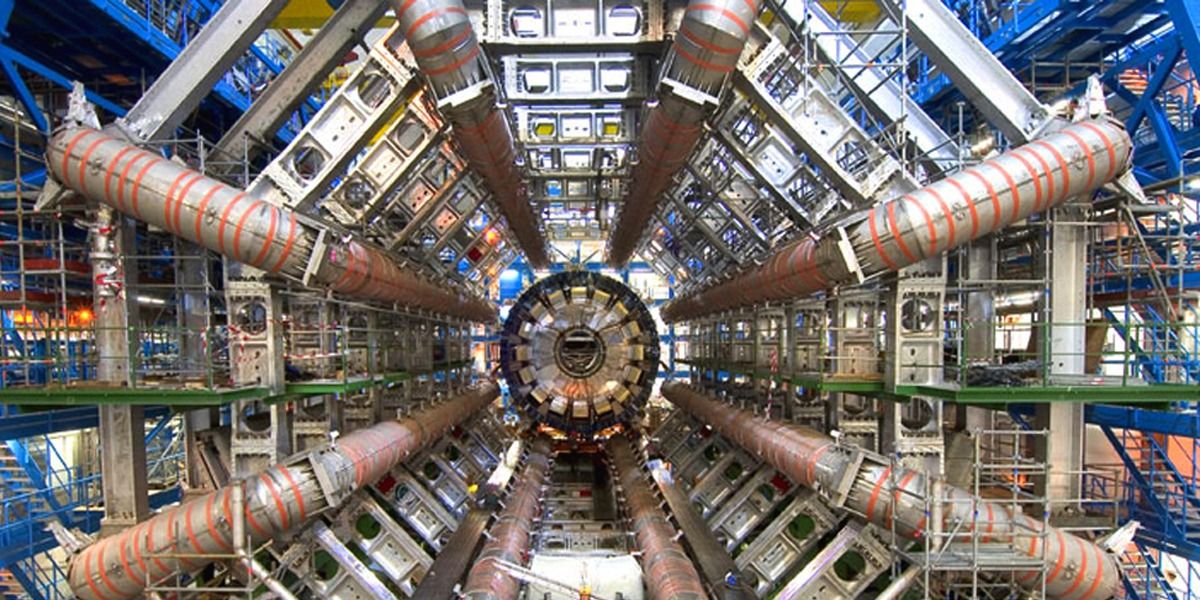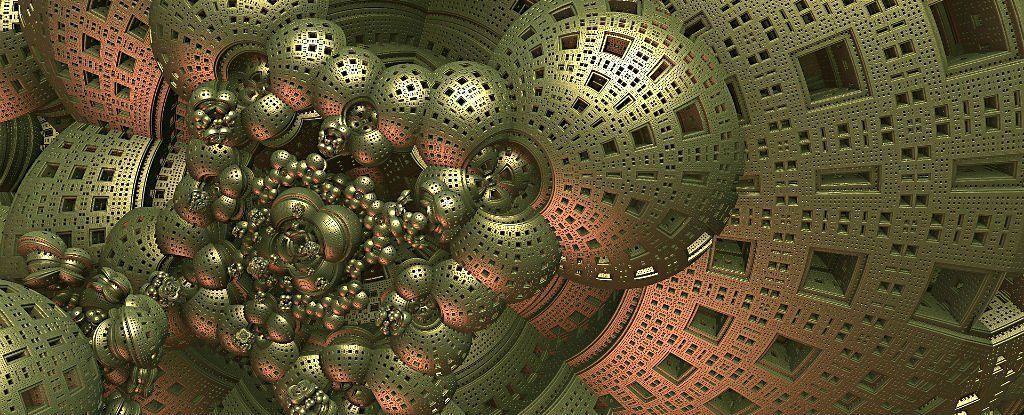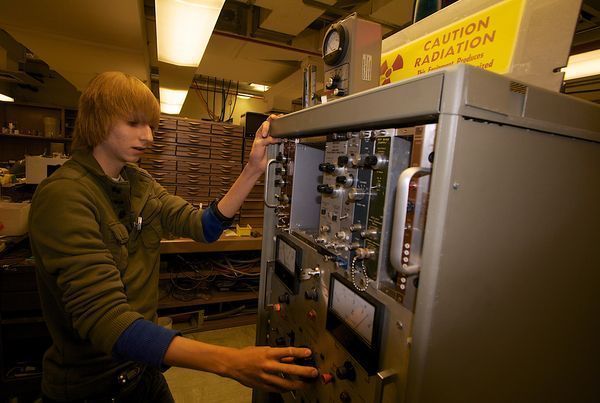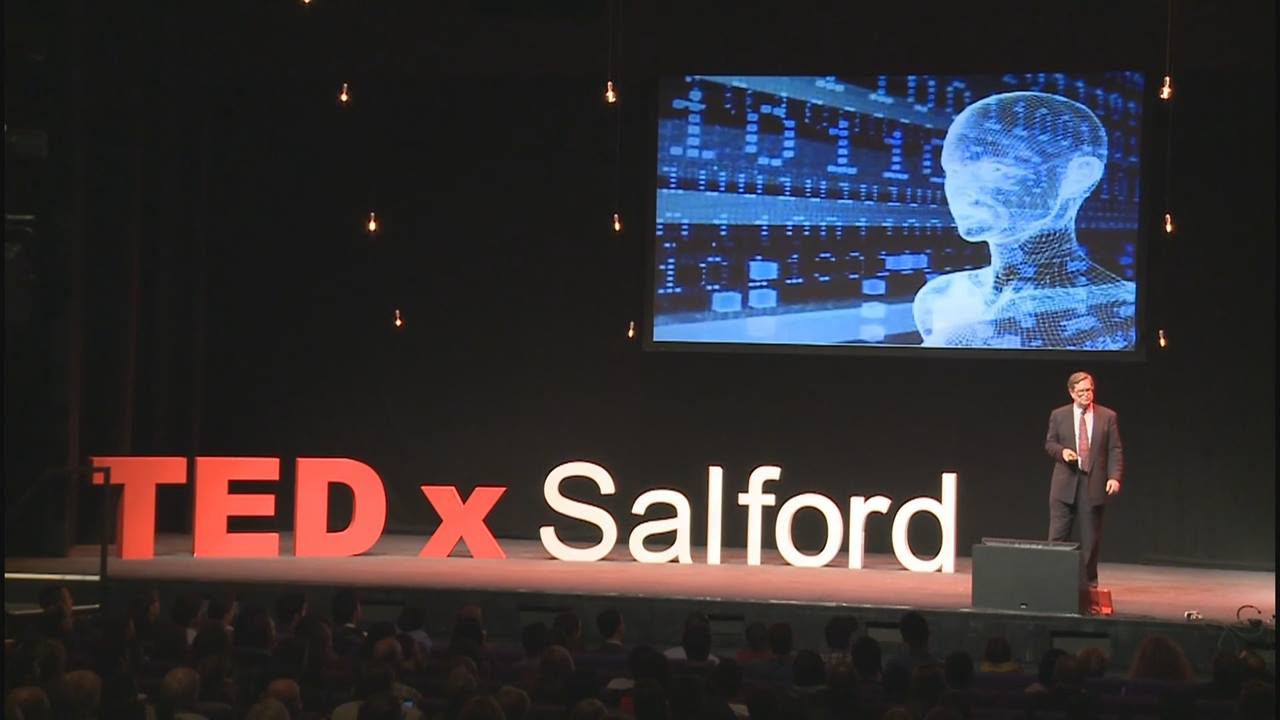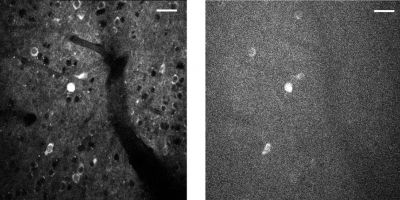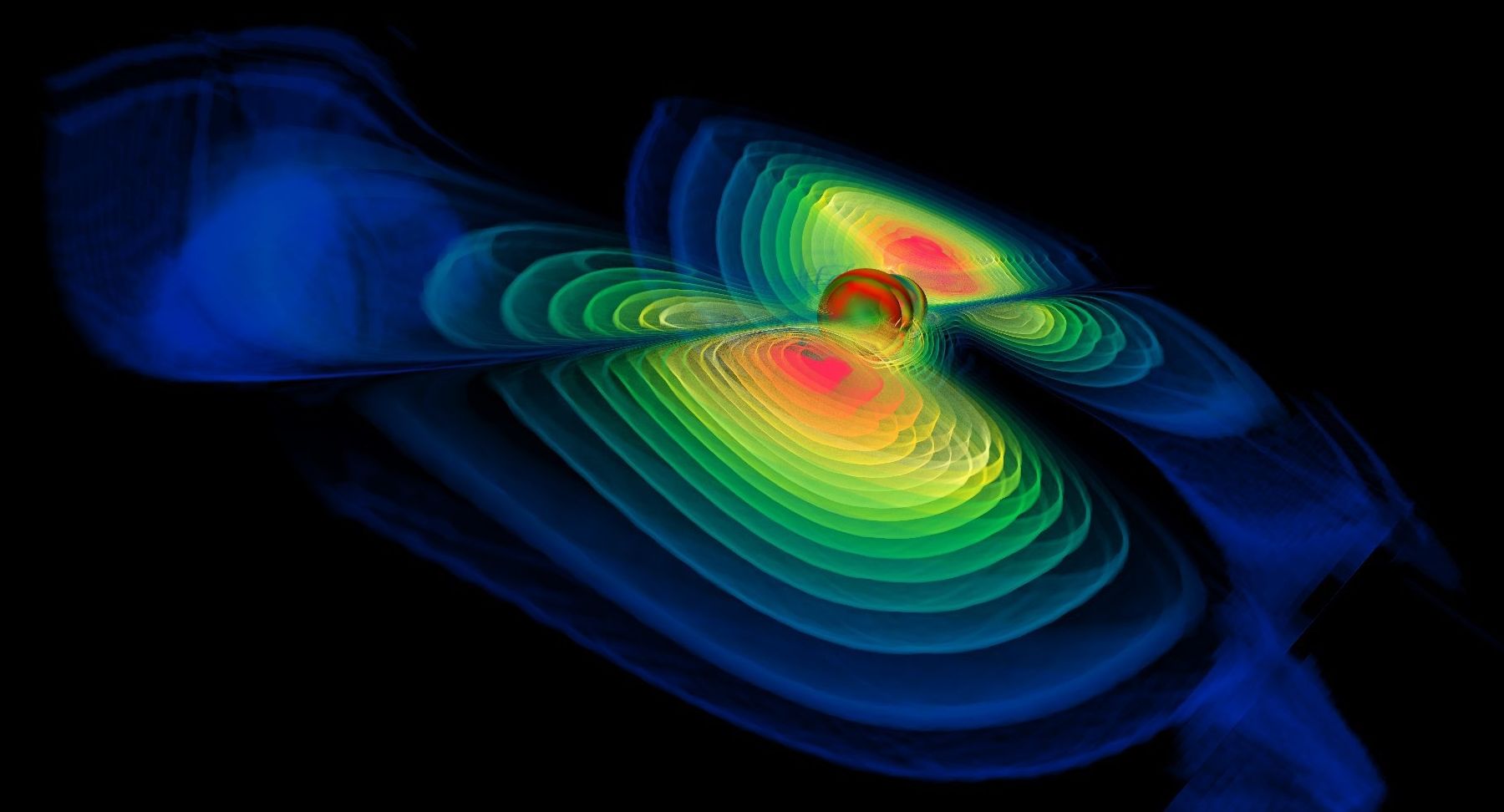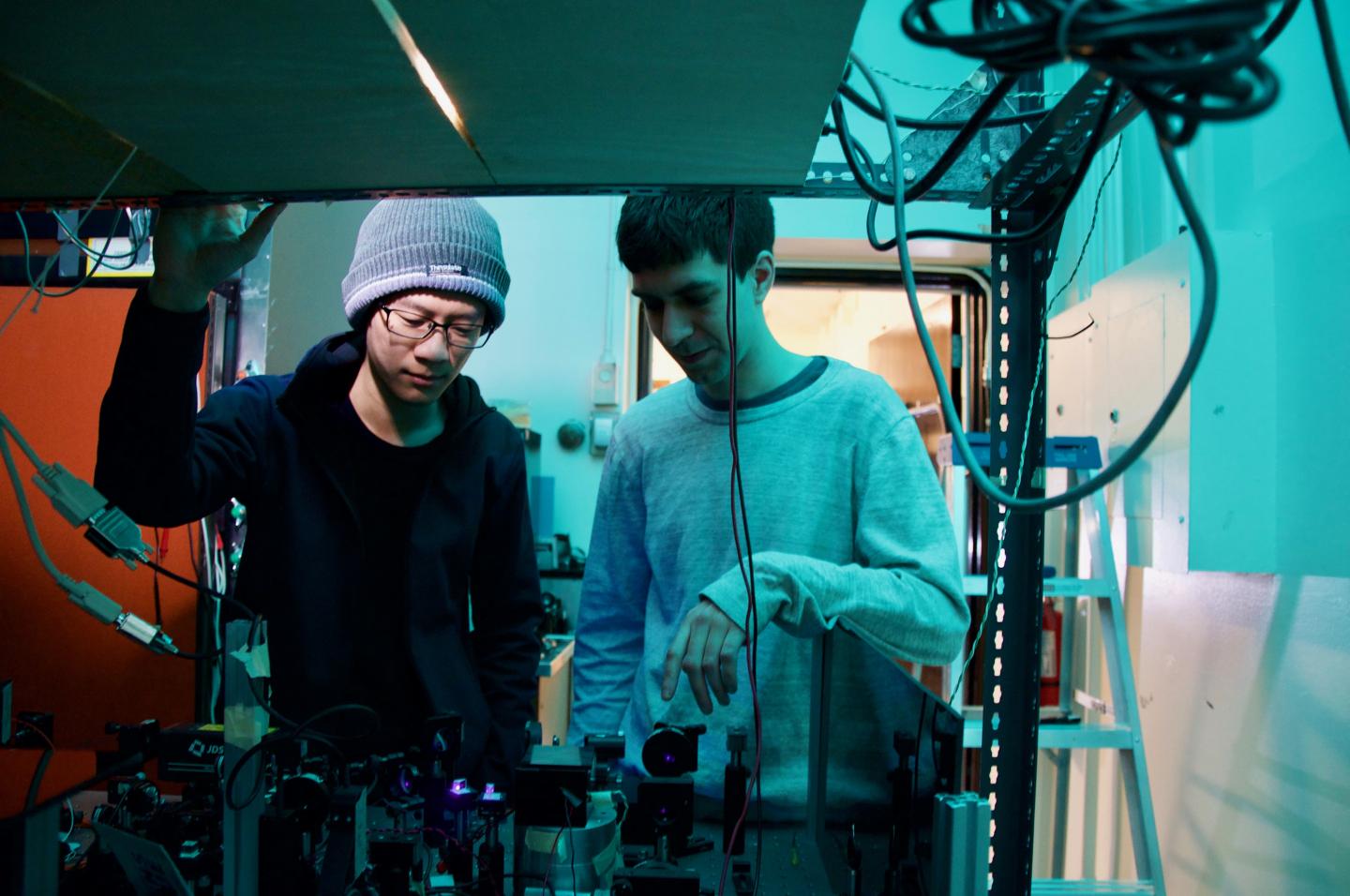Archive for the ‘physics’ category: Page 281
Mar 8, 2017
It’s Official: Time Crystals Are a New State of Matter, and Now We Can Create Them
Posted by Saúl Morales Rodriguéz in categories: energy, physics
Earlier this year, physicists had put together a blueprint for how to make and measure time crystals — a bizarre state of matter with an atomic structure that repeats not just in space, but in time, allowing them to maintain constant oscillation without energy.
Two separate research teams managed to create what looked an awful lot like time crystals back in January, and now both experiments have successfully passed peer-review for the first time, putting the ‘impossible’ phenomenon squarely in the realm of reality.
“We’ve taken these theoretical ideas that we’ve been poking around for the last couple of years and actually built it in the laboratory,” says one of the researchers, Andrew Potter from Texas University at Austin.
Mar 6, 2017
How To Build A Home Fusion Reactor
Posted by Shailesh Prasad in categories: nuclear energy, physics
Feb 26, 2017
You are a Simulation & Physics Can Prove It ׃ George Smoot
Posted by Shailesh Prasad in category: physics
Feb 22, 2017
Group develops deep, non-invasive imaging of mouse brain
Posted by Karen Hurst in categories: engineering, neuroscience, physics
A three-photon microscopic video of neurons in a mouse brain. The imaging depth is approximately 1 millimeter below the surface of the brain. The firing of the neurons is captured by an indicator that is based on green fluorescent protein GFP, which glows brighter as the neuron sends a signal.
Nearly four years ago, then-President Obama launched the BRAIN (Brain Research through Advancing Innovative Neurotechnologies) Initiative, to “accelerate the development and application of new technologies that will enable researchers to produce dynamic pictures of the brain.”
Several of the program’s initial funding awards went to Cornell’s Chris Xu, the Mong Family Foundation Director of Cornell Neurotech – Engineering, and professor and director of undergraduate studies in applied and engineering physics. Xu’s projects aimed to develop new imaging techniques to achieve large scale, noninvasive imaging of neuronal activity.
Continue reading “Group develops deep, non-invasive imaging of mouse brain” »
Feb 21, 2017
Pres. Trump Chooses Science Advisor
Posted by Karen Hurst in categories: chemistry, climatology, military, physics, science, space
Congrats Dr. Happer.
I’ve been waiting to find out who will be Pres. Trump’s science adviser. It appears to be physicist Dr. William Happer, a physicist currently teaching at Princeont University, and former Director of the U.S. Department of Energy’s Office of Science from 1991–1993. He’s no slouch as a scientist. His work for the Air Force on the sodium guidestar laser platform for the military’s missile defense program provided information on the tropopause layer in the upper atmosphere, which is where atmospheric wave fronts distort both starlight and laser emissions, and where heat either begins to leak into space or does not, depending on how much and what kind of gas is blocking heat radiation.
The tropopause is the boundary between the troposphere, where we live and where weather takes place, and the stratosphere. The layers above that are the stratosphere, where stratocirrus clouds form as floating clouds of ice, the mesosphere, the thermosphere and the top, very thin layer, the exosphere. Beyond that is space.
Feb 21, 2017
Thanks to LIGO We Can Now Produce Our Very Own Gravitational Waves
Posted by Karen Hurst in category: physics
It was a great moment for physicists and scientists around the world in 2016 when one of the greatest ever scientific discoveries was announced. Although technically the first gravitational waves were detected in 2015, it wasn’t until further detections were made in 2016 that scientists finally conceded they did exist and that Albert Einstein’s theory of relativity could finally be proved. Following on from that, scientists also discovered that as well as a great detector LIGO is the best producer of gravitational waves.
Feb 21, 2017
NASA announces Wed. news conference on ‘discovery beyond our solar system’
Posted by Sean Brazell in categories: alien life, information science, physics
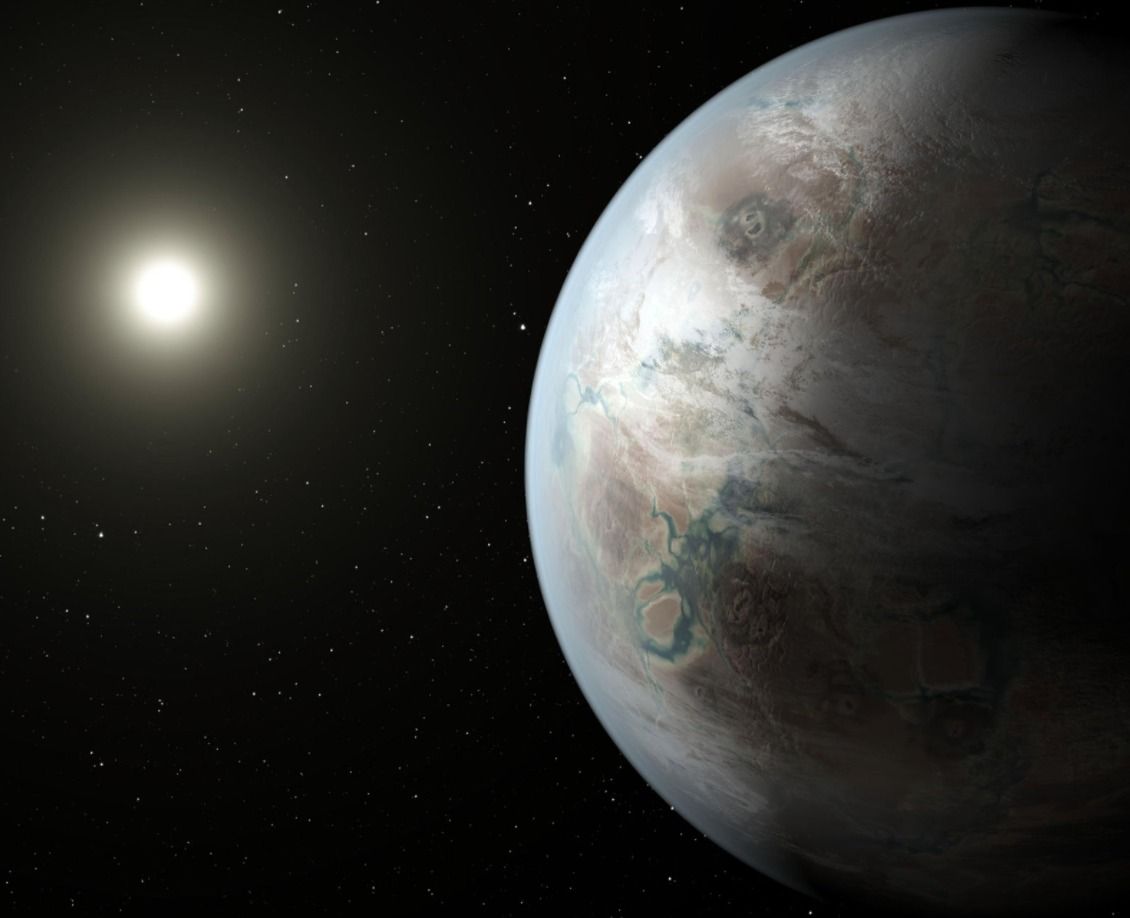
Interestingly, Seager, who studies bio signatures in exoplanet atmospheres, has suggested that two inhabited planets could reasonably turn up during the next decade, based on her modified version of the Drake equation, Space.com notes. Her equation focuses on the search for planets with biosignature gases — gases produced by life that can accumulate in a planet atmosphere to levels that can be detected with remote space telescopes.

Continue reading “NASA announces Wed. news conference on ‘discovery beyond our solar system’” »
Feb 16, 2017
University of Toronto physicists harness neglected properties of light
Posted by Karen Hurst in category: physics
Harnessing the extra light — new method.
TORONTO, ON (Canada) – University of Toronto (U of T) researchers have demonstrated a way to increase the resolution of microscopes and telescopes beyond long-accepted limitations by tapping into previously neglected properties of light. The method allows observers to distinguish very small or distant objects that are so close together they normally meld into a single blur.
Telescopes and microscopes are great for observing lone subjects. Scientists can precisely detect and measure a single distant star. The longer they observe, the more refined their data becomes.
Continue reading “University of Toronto physicists harness neglected properties of light” »
